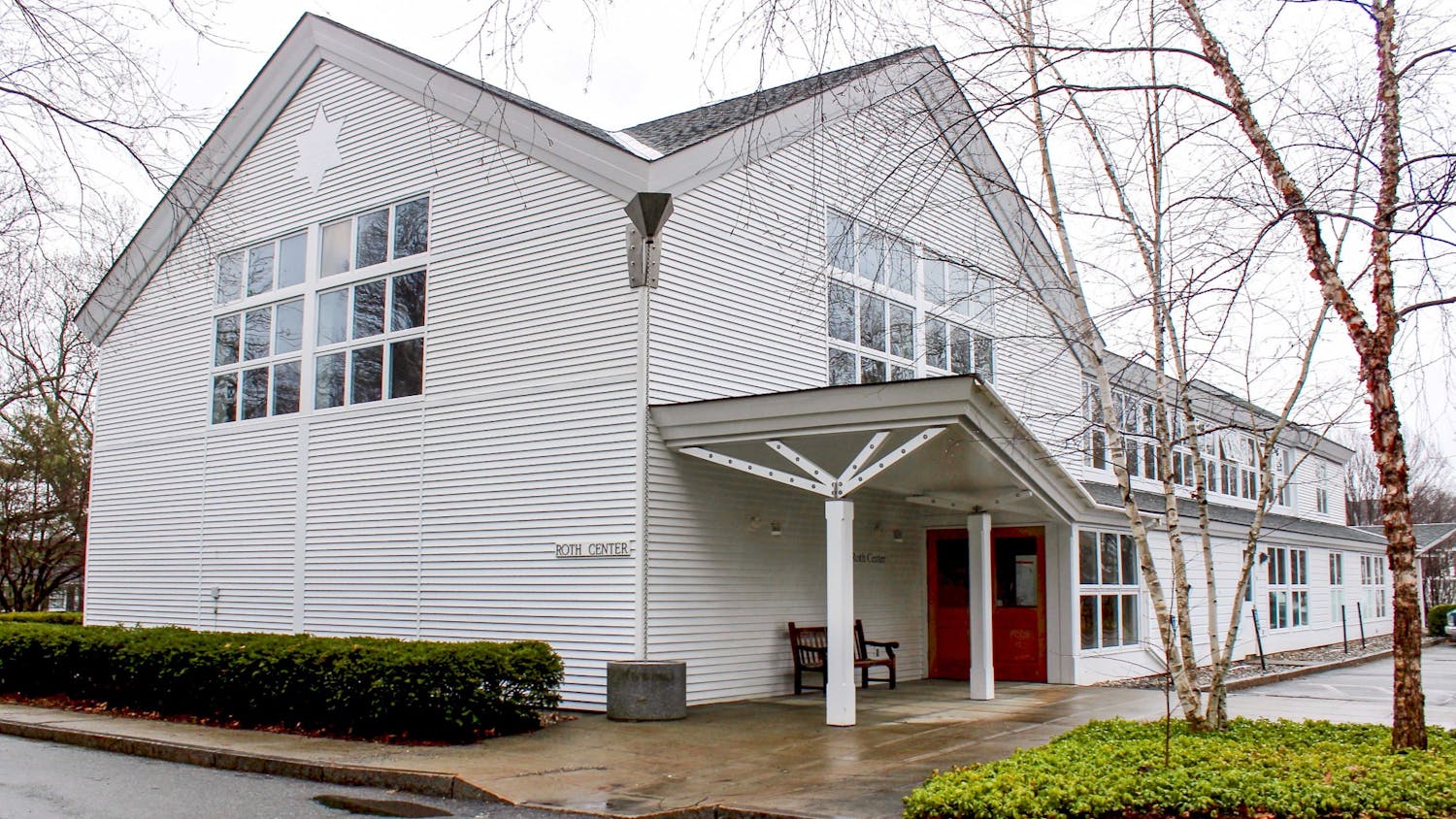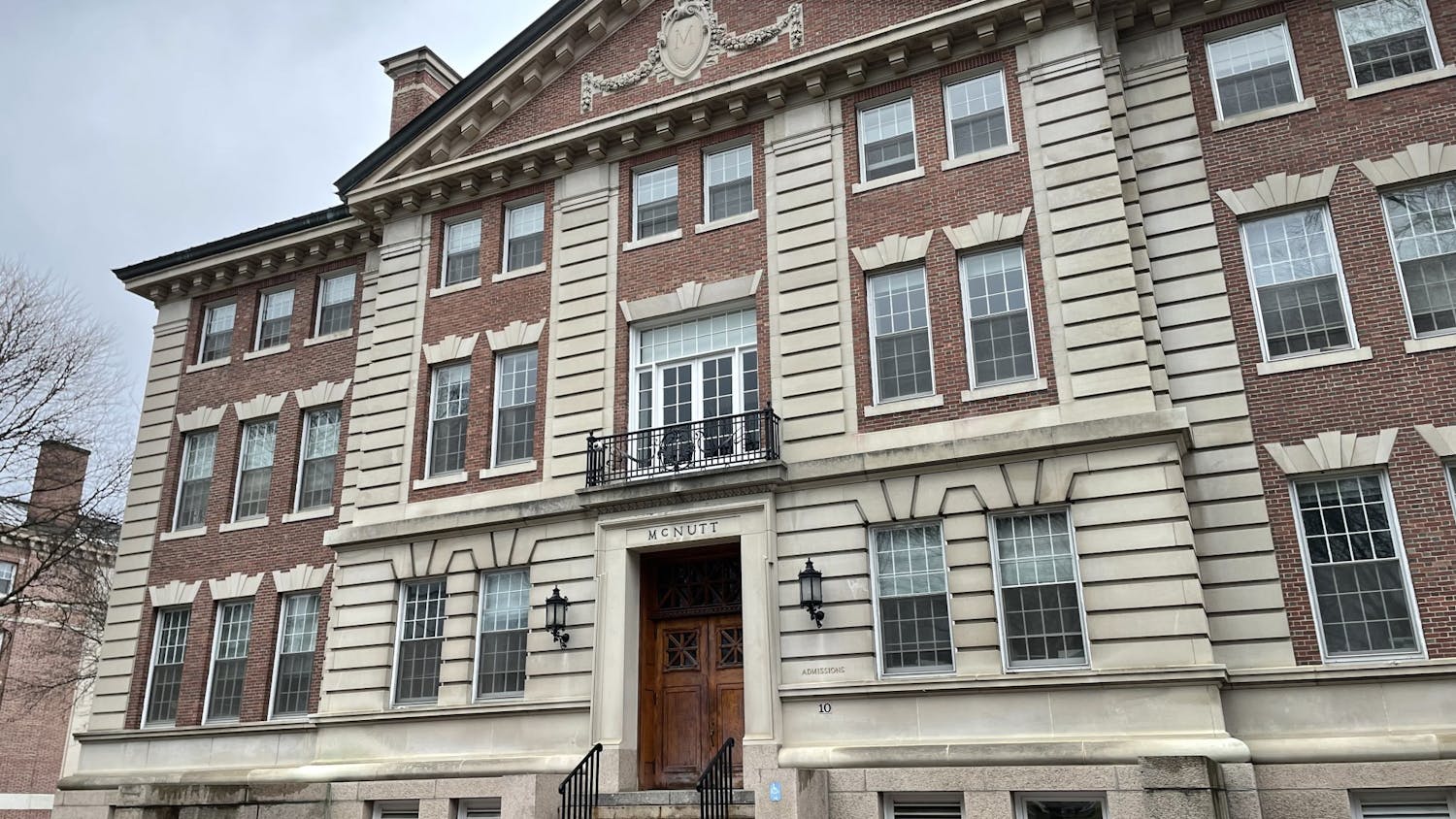With some studies showing 15 percent of U.S. soldiers suffering from severe head injuries, the Defense Department has begun funding contractors including the Lebanon-based company Simbex to create sensors that measure the impact of improvised explosive devices, such as roadside bombs, according to Invention and Technology News. To study the effects of cranial impacts, the Defense Department is collaborating with Simbex, headed by Thayer School of Engineering professor Richard Greenwald.
The Defense Department has funded Simbex with a Small Business Innovation Research grant to develop its Head Impact Telemetry system, which uses sensors in helmets to measure the acceleration of impact, according to the firm's website.
The grant has provided $932,000 to Simbex for its research, the company said in a press release.
Simbex's research uses multiple sensors on springs or protective foam to measure the acceleration of the skull and brain rather than the acceleration of the helmet, which some other firms use to determine the chance of brain injury, which can often be missed in the confusion after a blast, according to Invention and Technology News. Simbex's sensors are designed to preserve contact with the soldiers' heads to provide a more accurate measurement of the forces that affect the brain that may cause brain injuries.
The forces that the soldiers' skulls and brains experience during an impact are affected by numerous factors, including the location and strength of the impacts and the shape of the helmets, according to Invention and Technology News.
Simbex has performed its helmet research on Hanover High School's football team and the College's varsity football and hockey teams, according to Nirali Patel '13, a Simbex employee.
"We're basically trying to relate the force of impact to their concussions any impacts to their heads are recorded," said Patel, who performs field research with the sensors.
The equipment also records the locations of the impacts, she said.
Greenwald and Simbex co-founder Robert Dean Jr. could not be reached by press time.
The Defense Department's funding to Simbex is part of a wider effort being undertaken by the Army, which awarded $17 million each to two defense contractors BAE Systems and Allen Vanguard to add sensors to combat helmets that will measure the forces of blasts and explosions.
A spokesman for the Program Executive Office Soldier the Army's department responsible for developing uniforms and protective gear for soldiers told Invention and Technology News that he hopes the data from the sensors will help developers understand "the forces acting on the helmet and the forces translated to the soldier's head."
The Army has purchased enough sensors to outfit six brigade combat teams by January 2011, according to Invention and Technology News.
The sensors cost about $300 each and will feature an indicator light that will blink after the device detects excessive pressure from a blast. This element is expected to help alert military personnel to possible head trauma, helping them to recognize mild to moderate concussions that they may have sustained, Invention and Technology News reported.
The sensors will also continually store data from the blasts that they detect, allowing the Army to identify and address personnel who may have sustained significant brain trauma over time, according to Information and Technology News.



